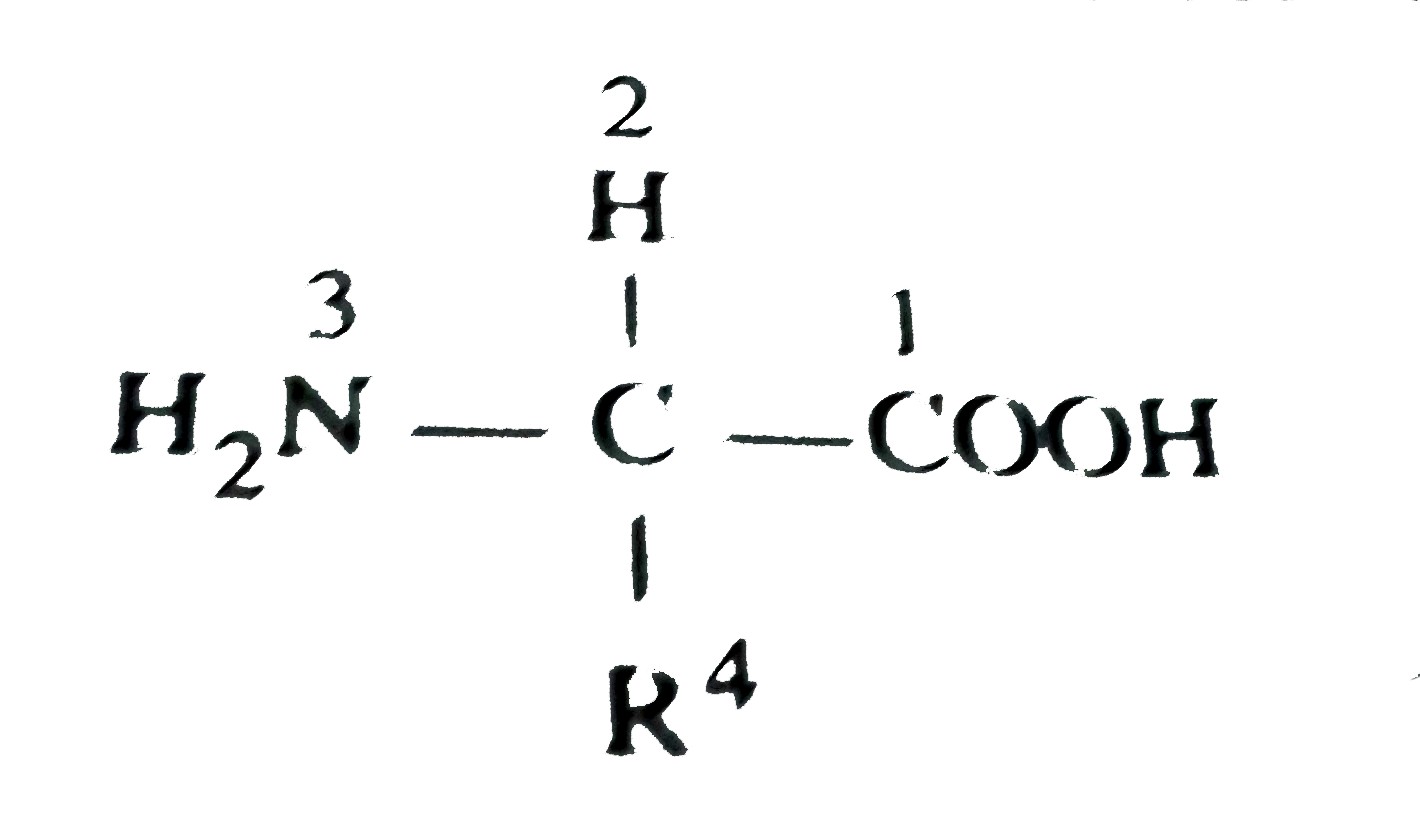An electrovalent bond is formed between
A
two electronegative atoms
B
two metals
C
electropositive and electronegative atoms
D
two electropositive atoms
Video Solution
Text Solution
The correct Answer is:C
Electrovalent bond is formed between electropositive and electronegative atoms, by transfer of one or more electrons from the valence shell of electropositive element to the valence shell of electronegative element.
|
Topper's Solved these Questions
- CHEMICAL BONDING BOOK - MTG IIT JEE FOUNDATIONCHAPTER - CHEMICAL BONDING EXERCISE - Exercise (Match the Following)
5 Videos
- CHEMICAL BONDING BOOK - MTG IIT JEE FOUNDATIONCHAPTER - CHEMICAL BONDING EXERCISE - Exercise (Assertion & Reason Type)
10 Videos
- CHEMICAL BONDING BOOK - MTG IIT JEE FOUNDATIONCHAPTER - CHEMICAL BONDING EXERCISE - Solved Examples
10 Videos
- CARBON AND ITS COMPOUNDS BOOK - MTG IIT JEE FOUNDATIONCHAPTER - CARBON AND ITS COMPOUNDS EXERCISE - Olympaid/HOTS Corner
25 Videos
- CHEMICAL EQUILIBRIUMBOOK - MTG IIT JEE FOUNDATIONCHAPTER - CHEMICAL EQUILIBRIUMEXERCISE - EXERCISE (INTEGER/NUMERICAL VALUE TYPE)
5 Videos
Similar Questions
Knowledge Check
A covalent bond is formed between
Asimilar atomsBdissimilar atomsCsimilar or dissimilar atomsDsilimar moleculesA pure covalent bond is formed between :
AAn electronegative element and an electropositive elementBAn electronegative element and an electronegative elementCAn electropositive element and an electropositive elementDNone of theseAccording to the valence bond theory, when a covalent bond is formed between two reacting atoms, the potential energy of the system becomes
AnegativeBpositiveCminimumDmaximum

